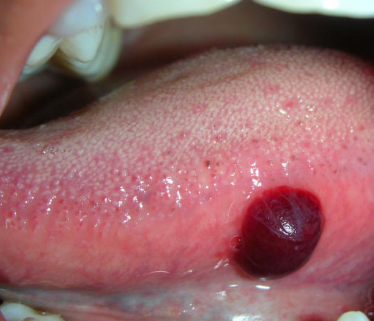

Nose blisters are sores that form on the inside or outside of a person’s nose. Such blisters can form due to variety of reasons. In some cases, they form because of some type of injury to the nose.

See the Colgate online article about cold sores and fever blisters to learn what causes fever blisters as well as cold sores and other types of viruses. Find diagnosis, prevention and treatment info at Colgate.com.



Learn about the various causes of blood blisters in your mouth, what you can do to treat them, and when it’s serious enough to see a doctor.
Cold sores on lower lip. Another possible cause is the herpes simplex virus (HSV). This one causes cold sores or fever blisters around the mouth and nose.


Mouth sores are lesions that can appear on any of the soft tissues of the mouth, including the lips, cheeks, gums, tongue, and floor and roof of the mouth. Mouth sores are usually a irritation and last only a week or two.

Oral lesions (mouth sores) make it painful to eat and talk. Two of the most common recurrent oral lesions are fever blisters (also known as cold sores) and canker sores.
A blister, or vesicle, is a raised portion of skin that is filled with fluid. You’re probably familiar with blisters if you’ve ever worn ill-fitting shoes.

Your tongue is also remarkably uncomfortable when indisposed, and sores or tongue blisters can inconvenience you more than you might expect. Learn more.
Treatment for Tongue Blisters. Small blisters on tongue that are caused by mild viral mouth infections tend to heal on their own within a couple of weeks days.